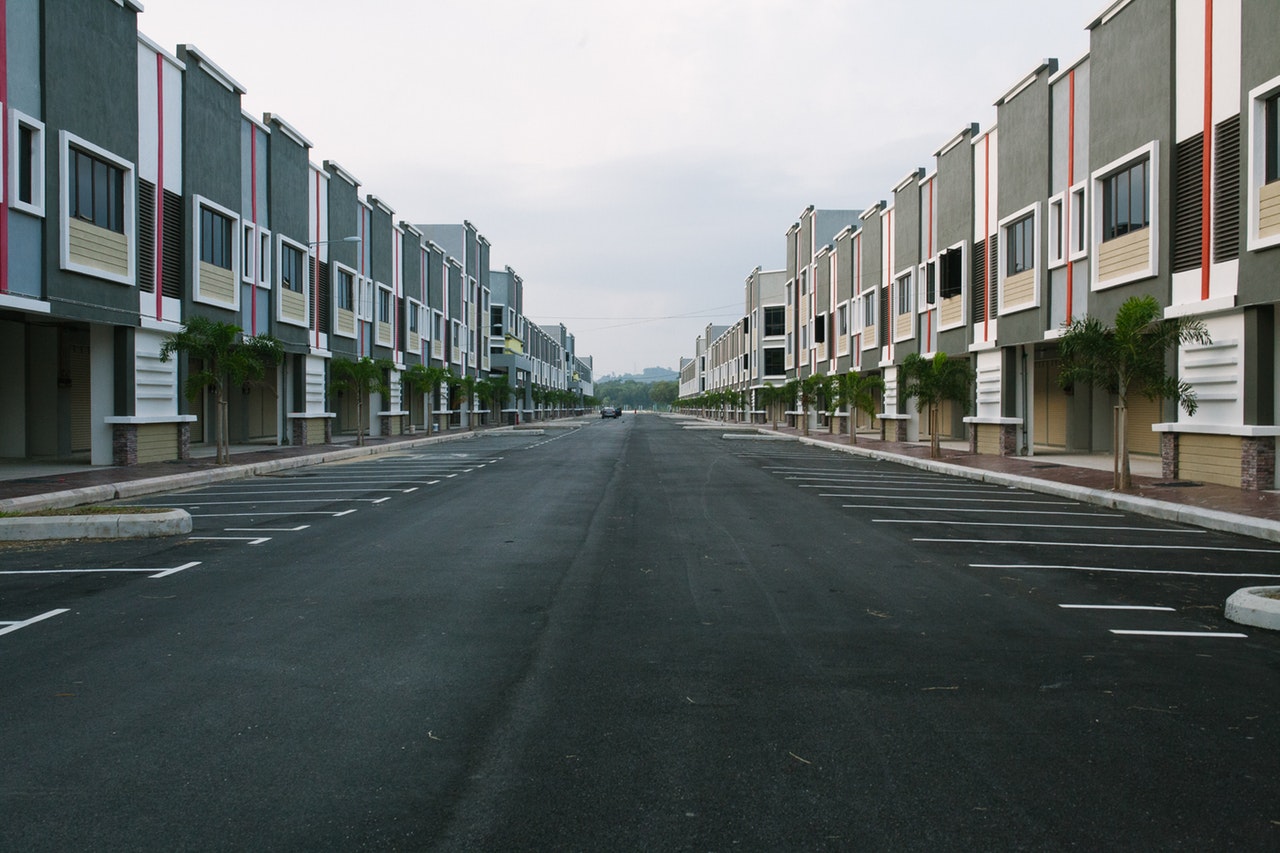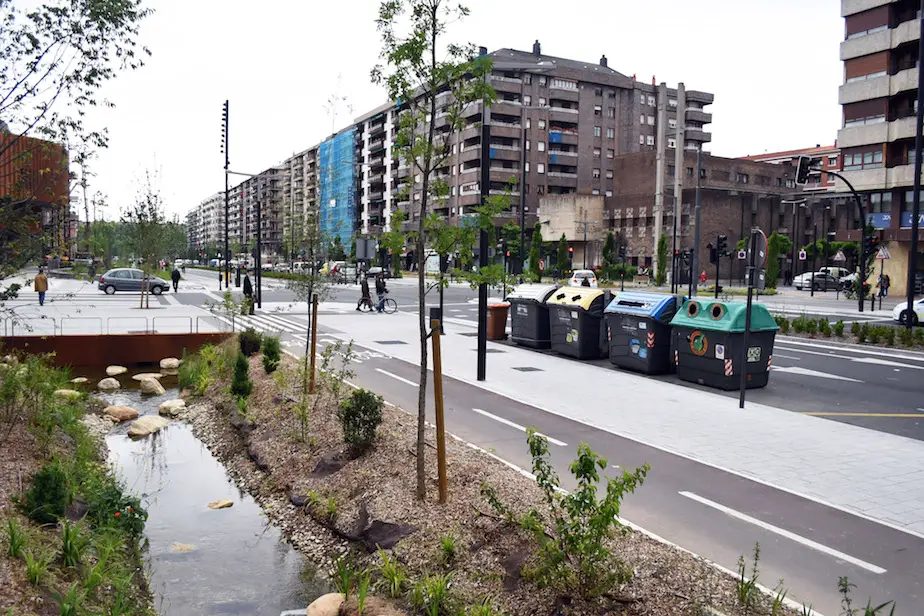Barcelona and Medellín are miles away from each other. You might think there is little in common between them. But the truth is there are plenty of similitudes; they are both cities of comparable sizes that have been cooperating mutually for a long time and have been acknowledged for promoting an inclusive urban planning strategy that puts public spaces at the heart of social redistribution.
Nonetheless, both cities suffer from the same problem of guaranteeing the right to housing. And this is exactly what is presented in the exhibition called Piso Piloto, or Pilot Project, hosted at the same time in both cities: Barcelona and Medellín.
Barcelona City Council and the Mayor’s office of Medellín, in association with The Centre de Cultura Contemporània de Barcelona (CCCB) and the Museo de Antioquia launched the exhibition last month, which will be displayed until October 2015 in both cities.
Piso Piloto is an attempt to foster the exchange of experiences and knowledge regarding housing and its relationship with public space. But what makes this exhibition interesting is that it has been a dynamic laboratory of ideas, debates and experiments, discovering new proposals that will hopefully help provide an answer to the most important problems facing both cities that could be extrapolated to other cities worldwide.
I attended the exhibition at the CCCB in Barcelona, which includes 44 experimental projects, 11 of which are from Medellín.
On street level, once you enter the patio of the CCCB, there is a surprising feature: a container that simulates an architectural office inhabited by Arquitectes de Capçalera or Workshop AC. A pop-up office that allows residents from El Raval neighbourhood to work with future architects with the intention of mapping, designing and studying the feasibility of improving their housing conditions.
El Raval, where CCCB is located, is a hectic, cosmopolitan and old neighbourhood, where most of its buildings are over 100 years old. The mission of Workshop AC is to detect architectural barriers and find solutions to them, learning from people, listening and addressing particular demands that affect resident’s homes, such as communal areas of a building block, lobbies, stairs, rooftops…
Students work together with people, and this is, for me the winning strategy of the exhibition.

Piso Piloto is structured into three parts; the first one addresses the housing problem, highlighting the opportunities to be tackled around housing through a selection of data and reflection on different scales. The show opens with a magnificent audio-visual piece by Benet Román that introduces clearly the similarities between Barcelona and Medellín. How both cities and their people start and end their journeys, showing interaction, movement, fluxes, density, cooperation and transformation through their commitment to public space and architecture. The exhibition carries on with an interesting montage of 17 doors, displayed as 17 challenges; a collection of data from interviews with experts dealing with evictions, abandoned flats, etc.
The second part is a beautifully designed space that shows the best response to each previous challenge called ‘Housing as a solution’. The exhibition space simulates small crafted spaces where visitors can sit, relax, learn and study. Pilot schemes created by different agents such as academics, research groups, local government agencies, design studios and civic initiatives who have made an important contribution tackling the housing problem, not only from Medellín and Barcelona but also other cities.
And the third part features interviews with experts from different disciplines, such as Santiago Cirujeda, Beth Galí, Xavier Monteys, and Josep Parcerisa, and serves as space for discussion which gives continuity to this entire process. This part of the exhibition is called Reform, coexist, and cooperate.
Piso Piloto is not only an exhibition but a place of debate among international speakers, such as Richard Sennett, Teresa P. Caldeira, and Ricky Burdett; it is a space of dialogue, workshops, activities and talks to understand better our cities, their problems and a place of encounter to find collectively feasible solutions.


